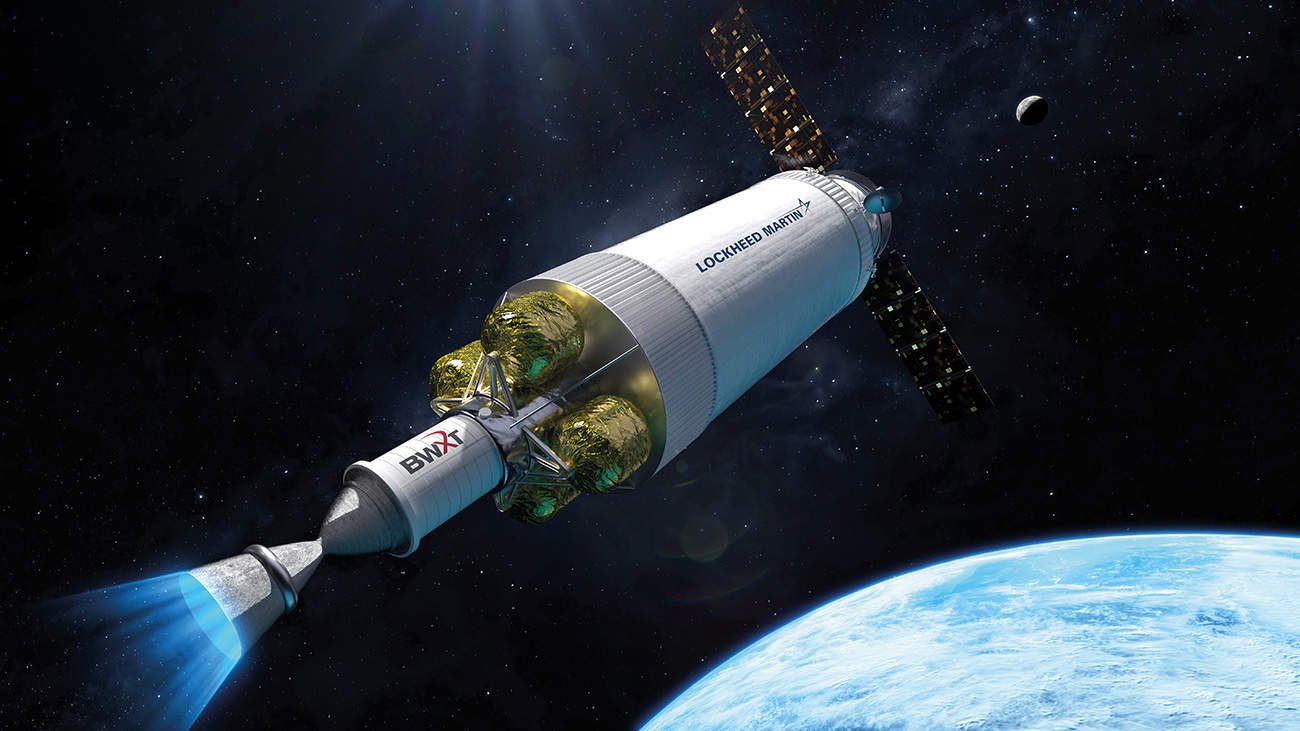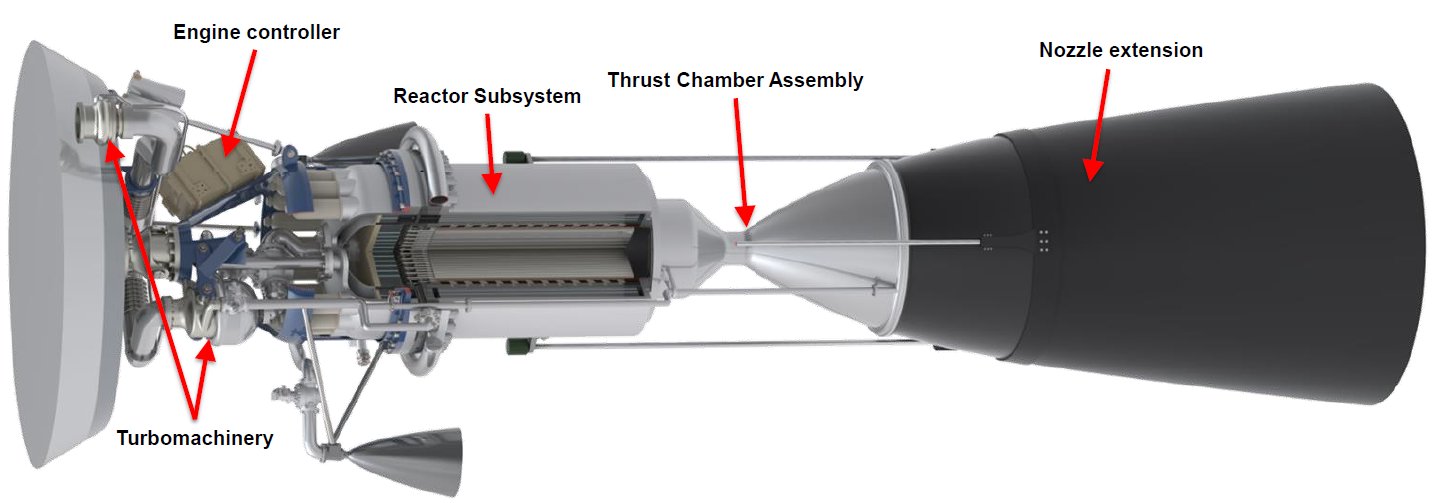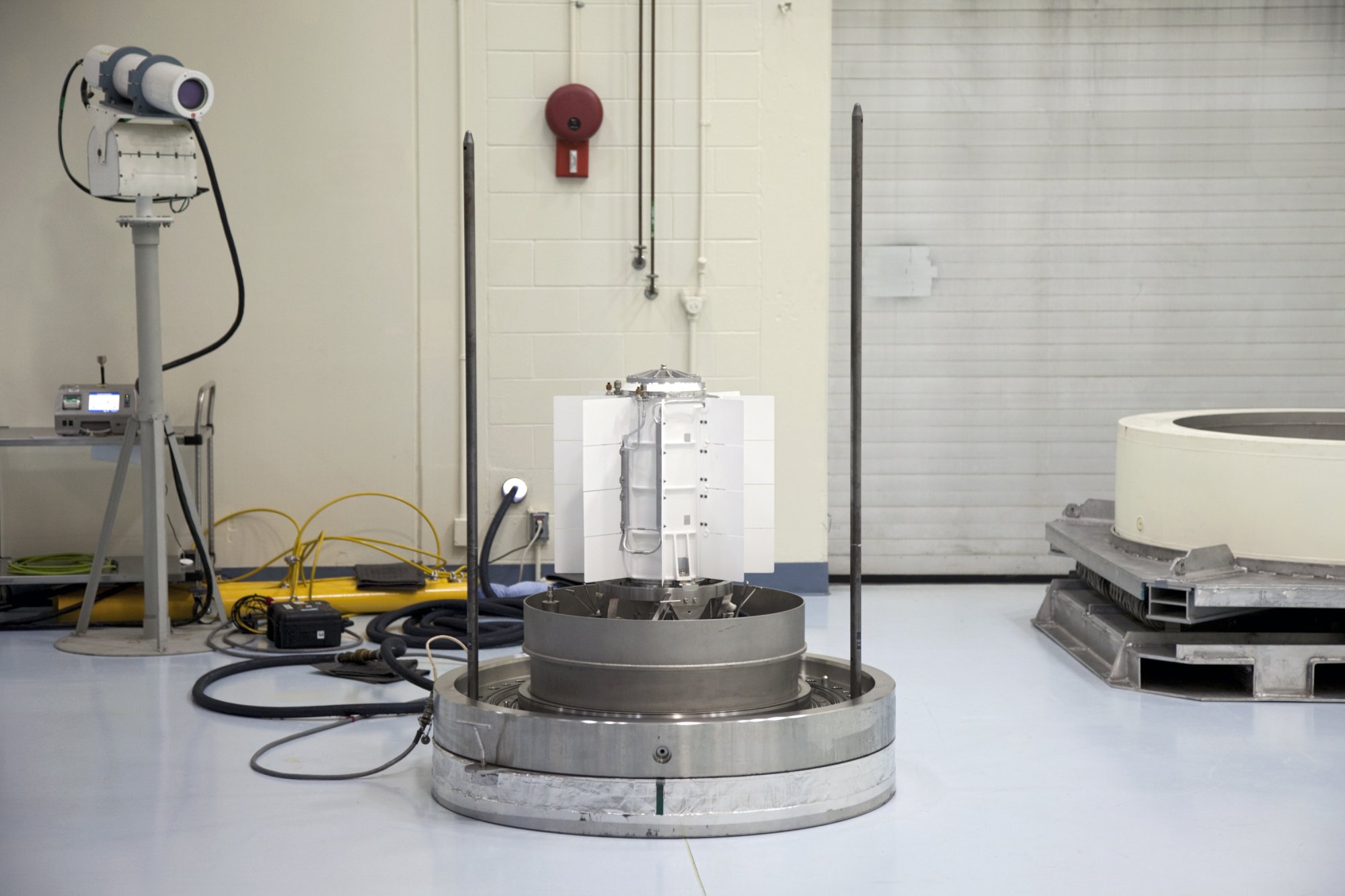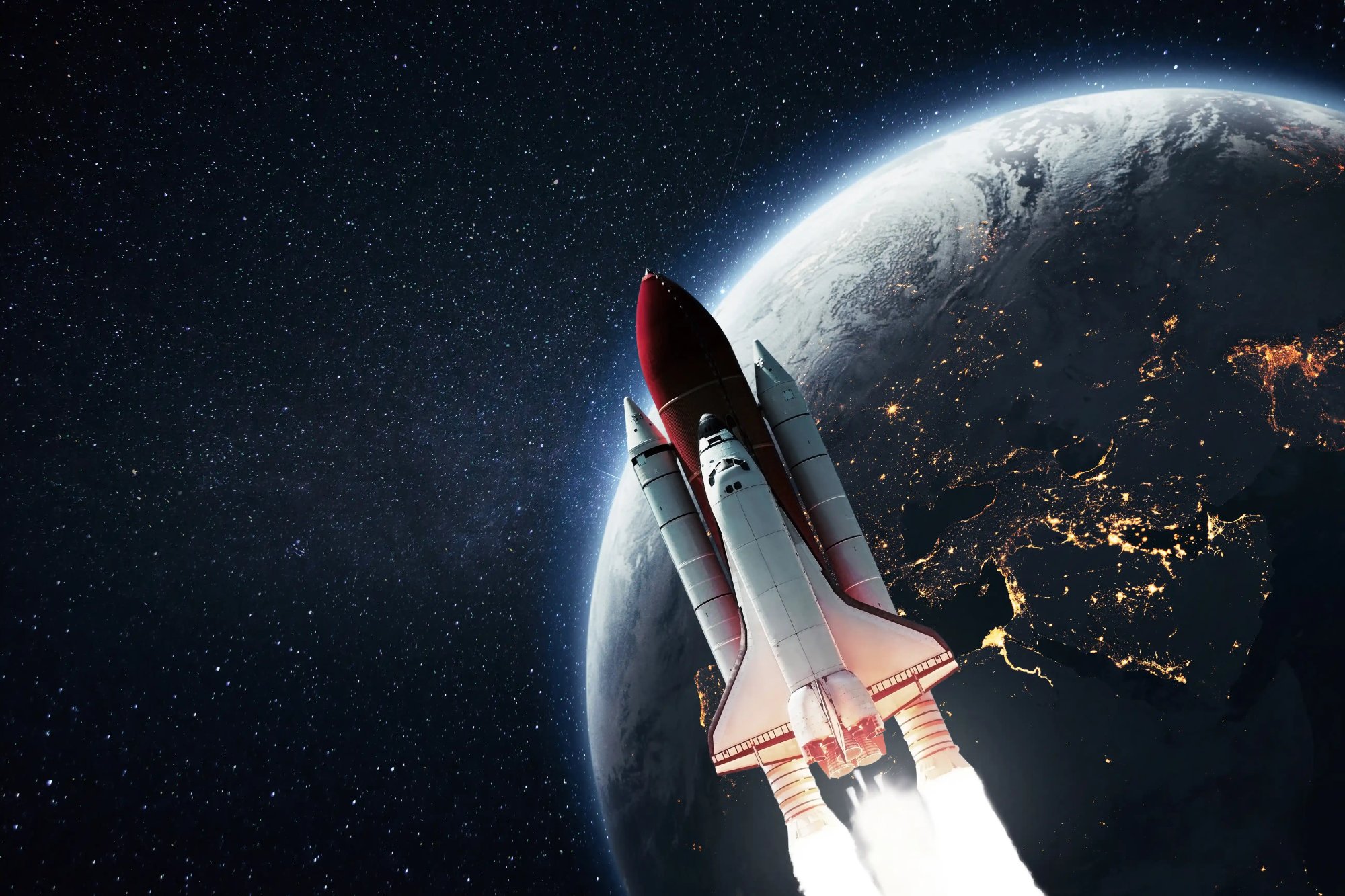As we explore space, we need dependable and lasting energy sources more than ever. Traditional solar power and chemical propulsion systems have limits. This is especially true for deep space missions past Mars. Nuclear propulsion and radioisotope thermoelectric generators (RTGs) provide sustainable energy for space travel. They are key for interplanetary and interstellar missions. The future of space energy solutions relies on nuclear power. This will help us extend mission duration, boost spacecraft efficiency, and explore distant parts of the cosmos.

The Need for Nuclear Power in Space
Challenges of Current Space Propulsion Systems
Most spacecraft today rely on solar panels or chemical propulsion, both of which have limitations:
- Solar power inefficiency: As spacecraft travel farther from the Sun, solar panels generate less energy, making them ineffective beyond the asteroid belt.
- Chemical propulsion limitations: Rocket fuel provides an initial boost but cannot sustain long-duration missions, requiring excessive amounts of fuel.
- Battery constraints: While efficient for short-term use, batteries lack the longevity required for deep-space missions.
- Extreme space conditions: Deep-space missions encounter harsh conditions such as intense radiation and extreme temperatures, which can degrade traditional power systems.
Advantages of Nuclear Power
Nuclear energy offers significant advantages over conventional propulsion and power generation methods:
- Consistent energy supply: Nuclear systems can generate continuous power regardless of distance from the Sun.
- Higher energy density: Nuclear fuels store significantly more energy than chemical alternatives, making them ideal for extended missions.
- Extended mission capabilities: Spacecraft powered by nuclear technology can explore deeper into space for decades without refueling.
- Support for robotic exploration: Nuclear power enables autonomous probes and landers to function efficiently on distant planets and moons.
Nuclear Propulsion: The Future of Deep Space Travel
Nuclear Thermal Propulsion (NTP)
One promising nuclear propulsion in space technology is nuclear thermal propulsion (NTP). NTP systems create thrust by heating liquid hydrogen with a nuclear reactor. This method is more efficient than using chemical rockets.
Benefits of NTP:
- Twice the efficiency of chemical rockets, reducing travel time to Mars and beyond.
- Less fuel is needed, which means lighter spacecraft. This gives more space for cargo and scientific instruments.
- Safer travel happens when we reduce astronaut exposure to cosmic radiation by making missions shorter.
- Exploring deep space could go beyond Mars. This includes sending crews to the outer planets and their moons.
Nuclear Electric Propulsion (NEP)
Nuclear electric propulsion (NEP) is another advanced system. It turns nuclear energy into electricity, which powers ion thrusters.
Advantages of NEP:
- High fuel efficiency, allowing for prolonged deep-space missions.
- Smoother acceleration, enabling precise course adjustments for interplanetary navigation.
- Potential for interstellar travel, making it one of the most exciting future space energy solutions.
- Great for cargo transport, as it can steadily move heavy loads over long distances.
NASA and DARPA’s Research into Nuclear Propulsion
NASA is working with DARPA on the Demonstration Rocket for Agile Cislunar Operations (DRACO). This nuclear-powered spacecraft is meant for deep-space missions. These experiments could pave the way for nuclear propulsion to be used in future Mars missions and beyond.
Private companies like Blue Origin and SpaceX are interested in nuclear propulsion. This technology could be crucial for long space missions. It may help humans travel beyond Earth’s orbit.
Quick Guide: Nuclear Power in Space – Key Highlights
- ⚛ Why We Need It: Solar and chemical energy aren’t enough for deep-space missions. Nuclear offers constant, long-lasting power.
- 🚀 Nuclear Propulsion: NTP and NEP systems cut travel time and improve efficiency for missions to Mars and beyond.
- 🔋 RTGs in Action: From Voyager to Perseverance, RTGs have powered NASA’s most iconic missions far from the Sun.
- 🌕 Colonization Ready: Microreactors and Kilopower systems can power future bases on the Moon and Mars.
- 🛠 Challenges: Safety, public perception, and regulation must be addressed before widespread adoption.
Pro Tip
Keep an eye on NASA’s Kilopower and DARPA’s DRACO programs—these are the proving grounds for the next wave of nuclear-powered space missions. Their success could reshape how we travel and live in space.
Important
Solar panels lose power the farther a spacecraft gets from the Sun. Nuclear energy provides consistent power regardless of distance or light, making it the only viable long-term energy source for missions beyond Mars.

Radioisotope Thermoelectric Generators (RTGs) and Their Role
How RTGs Work
RTGs are another crucial application of nuclear power in space. They use heat from radioactive decay to make electricity through thermoelectric conversion.
RTGs in Space Missions
RTGs have powered some of the most significant space missions, including:
- Voyager 1 and 2 – These probes, launched in the 1970s, continue to send data from interstellar space thanks to RTGs.
- Curiosity and Perseverance rovers – NASA’s Mars rovers rely on RTGs for continuous energy supply.
- Cassini spacecraft – This mission to Saturn’s system used an RTG to operate for nearly 20 years.
- New Horizons – The spacecraft that explored Pluto and the Kuiper Belt depends on an RTG for power.
RTGs are a reliable power source for long missions. They let spacecraft work well, even without sunlight.
The Future of Nuclear Power in Space
Nuclear Power for Moon and Mars Colonization
To establish permanent human colonies beyond Earth, sustainable energy sources will be essential. Nuclear power is a leading candidate for these efforts due to its reliability and efficiency.
Applications of Nuclear Power in Space Colonization:
- Nuclear microreactors for powering lunar and Martian habitats.
- Support for in-situ resource utilization (ISRU), enabling local production of fuel and building materials.
- Backup energy sources in case of dust storms or solar power failures.
- Advanced space agriculture – Nuclear-powered greenhouses could provide food and oxygen for astronauts on Mars and the Moon.
- Construction of space infrastructure – Nuclear energy could help power space stations, mining operations on asteroids, and even space elevators.
NASA’s Kilopower project is working on small, lightweight fission reactors designed to provide reliable energy for future space habitats.
Overcoming the Challenges of Nuclear Space Power
Despite its potential, nuclear power in space presents challenges, including:
- Safety concerns: The risk of radioactive contamination in the event of launch failures.
- Regulatory hurdles: Strict international space laws govern the use of nuclear technology in orbit.
- Public perception: Misunderstandings about nuclear energy can block support from the public and government for these projects.
- Tech limits: Current nuclear propulsion systems need more work before they can support crewed missions.
Ongoing research, better reactor designs, and improved safety measures can tackle these challenges. This progress opens the door to nuclear-powered deep-space exploration.
Top 5 FAQs: Nuclear Power in Space
1. Why is nuclear power necessary for deep space exploration?
Solar energy becomes less effective the farther we go from the Sun. Nuclear power ensures a steady energy supply for long-duration missions, even in dark or distant regions of space.
2. What’s the difference between NTP and NEP?
NTP (Nuclear Thermal Propulsion) heats hydrogen fuel to produce thrust, while NEP (Nuclear Electric Propulsion) generates electricity to power ion thrusters. NTP offers faster trips; NEP offers more efficient, longer-term propulsion.
3. Are nuclear-powered spacecraft safe?
Yes. NASA uses strict containment systems, and most nuclear space tech uses decay-based power (like RTGs), which are stable and well-tested. However, launch safety and public perception remain concerns.
4. What missions have used RTGs so far?
Iconic missions like Voyager 1 & 2, Curiosity and Perseverance rovers, Cassini, and New Horizons have all relied on RTGs for long-lasting power.
5. How could nuclear power help colonize Mars?
Nuclear reactors can power habitats, tools for mining and construction, and greenhouses for food. Unlike solar panels, they work through dust storms and long nights.

Powering the Cosmos: The Role of Nuclear Energy in Space Exploration
Nuclear power represents one of the most promising solutions for sustainable deep-space exploration. Nuclear propulsion and radioisotope thermoelectric generators offer dependable energy for space travel. They support interplanetary journeys, deep-space missions, and future space colonies. NASA and private space companies are innovating. Nuclear energy might be the key to humanity’s future among the stars.
How do you think nuclear power will shape the future of space exploration? Share your thoughts in the comments!


